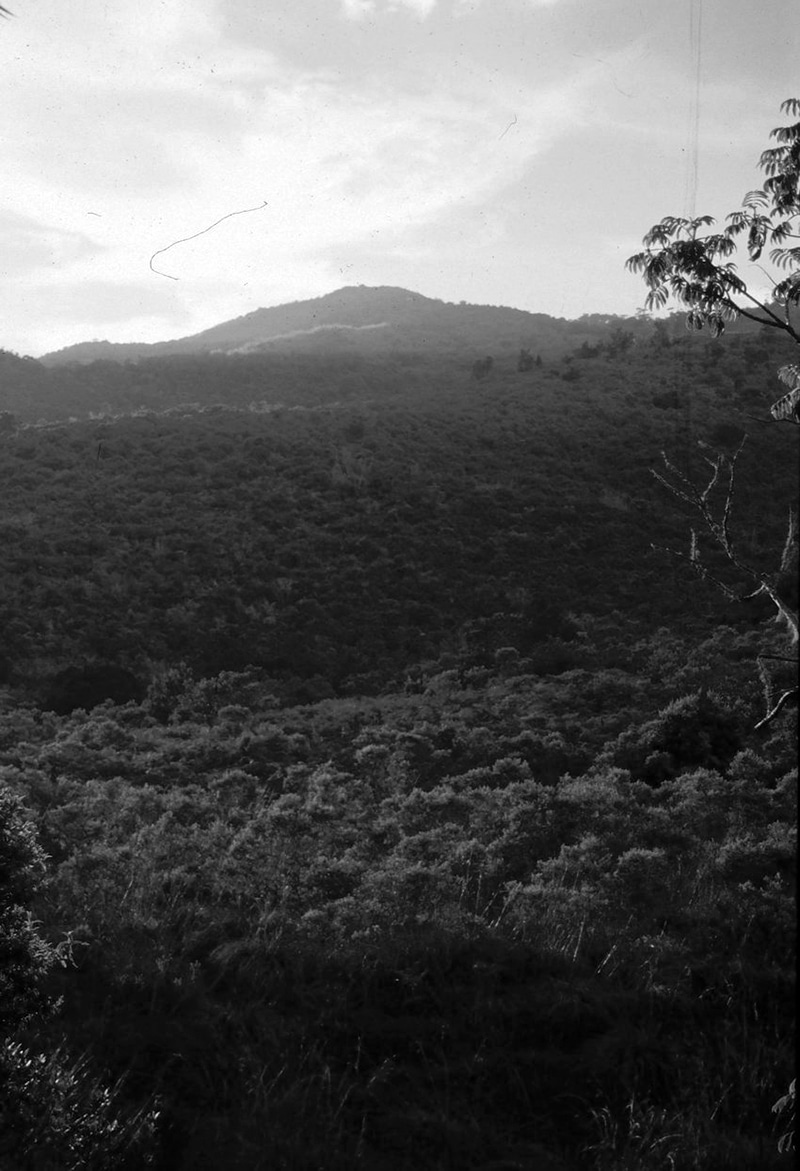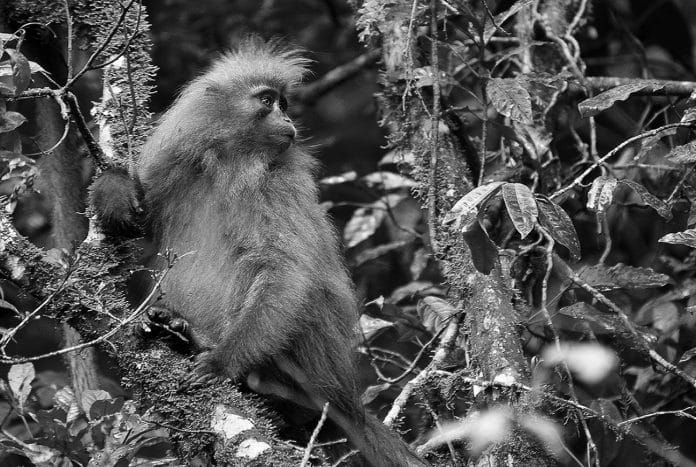Kipunji (Rungwecebus) – Overview, Distribution, Conservation and More
Kipunji Facts at Glance and Beginnings
In 2006 and 2008, the Kipunji monkey species was included on the list of “The World’s 25 Most Endangered Primates.”The Rungwecebus kipunji monkey, commonly called highland mangabey, is an Old World monkey found in Tanzania’s highland woodlands. The kipunji has a distinct sound, characterized as a ‘honk-bark,’ that separates it from its cousins, the grey-cheeked and black-crested mangabeys, who have ‘whoop-gobbles.’
Researchers from Conservation International, the University of Georgia, and the Wildlife Conservation Society separately found the kipunji between December 2003 and July 2004, being the 1st new African monkey species identified since the sun-tailed monkey was discovered in 1984.
Kipunji facts;
Originally classified as a member of the genus Lophocebus, morphological and genetic evidence revealed that the Kipunji is more closely linked to baboons (genus Papio) than to other mangabeys in the genus Lophocebus. Hence why its name is sometimes interchanged as Lophocebus Kipunji, but it was later classified officially into a new genus, Rungwecebus, after Mount Rungwe, where it was found. Since Allen’s swamp monkey’s discovery in 1923, the kipunji is the 1st novel monkey genus to be found.
One of the most interesting Kipunji monkey facts is the fact that the traditional Nyakyusa legends characterized the monkey as both real and mythological, thus zoologists were originally suspicious of its existence until it was discovered.
Physical Description
Male adult kipunjis are said to have a length of 85 to 90 cm on average and weigh between 10 and 16 kilograms. The pelage of the kipunji is light to medium brown, with white on the tip of the tail and ventrum. The pelage around the hands and feet is usually a medium to dark brown color. All of the hands, feet, and faces are black. There does not seem to be any sexual dimorphism in terms of pelage colors in these primates.
The large crest of hair on the cap of their heads, in conjunction with their pelage coloring, is helpful in differentiating kipunjis from their Cercocebus and Lophocebus cousins.
Kipunji Distribution
Around 1,100 of the animals dwell in the highland Ndundulu Forest Reserve, which is next to Udzungwa Mountains National Park, as well as in a separate population 250 miles distant on Mount Rungwe and in Kitulo National Park, which is also near to it. Rungwe’s forest is severely damaged, and fragmentation of the remaining forest threatens to divide the animals into three smaller groups. The forest in Ndundulu is in better condition, but the population is lower.
Kipunji Conservation

The IUCN has designated the kipunji as an endangered species.
A study from the Wildlife Conservation Society discovered in 2008 that the monkey’s range is limited to just 6.82 mi2 (17.7 km2) of woodland in two isolated places, the Rungwe-Livingstone forest, and the Ndundulu forest.
The Ndundulu forest is the smallest of the two, supporting a population of 75 monkeys, with 15 to 25 members in each group. Rungwe-Kitulo is thought to have 1,042 monkeys, ranging from 25 to 39 individuals in each group, in the Rungwe-Livingstone forest. Although all regions where the kipunji may be found are designated as protected areas, there are presently no management activities in place.
Predation, habitat degradation, and poaching are all causes that are contributing to the species’ anticipated decrease. Only two predators have been identified in the kipunji: leopards (Panthera pardus) and crowned eagles (Stephanoaetus coronatus). Human actions provide the greatest danger to the species. The most serious concerns are logging for wood and charcoal manufacture, but residents are also known to hunt the kipunji for food or because of its crop-destroying behaviors. The Bujingijila Corridor, which connects two populations in the Livingstone forests and Mount Rungwe, is expected to disappear if habitat degradation continues.
In 2006 and 2008, the Kipunji monkey species was included on the list of “The World’s 25 Most Endangered Primates.”
For more articles related to Wildlife in Tanzania (Animals), click here!

































